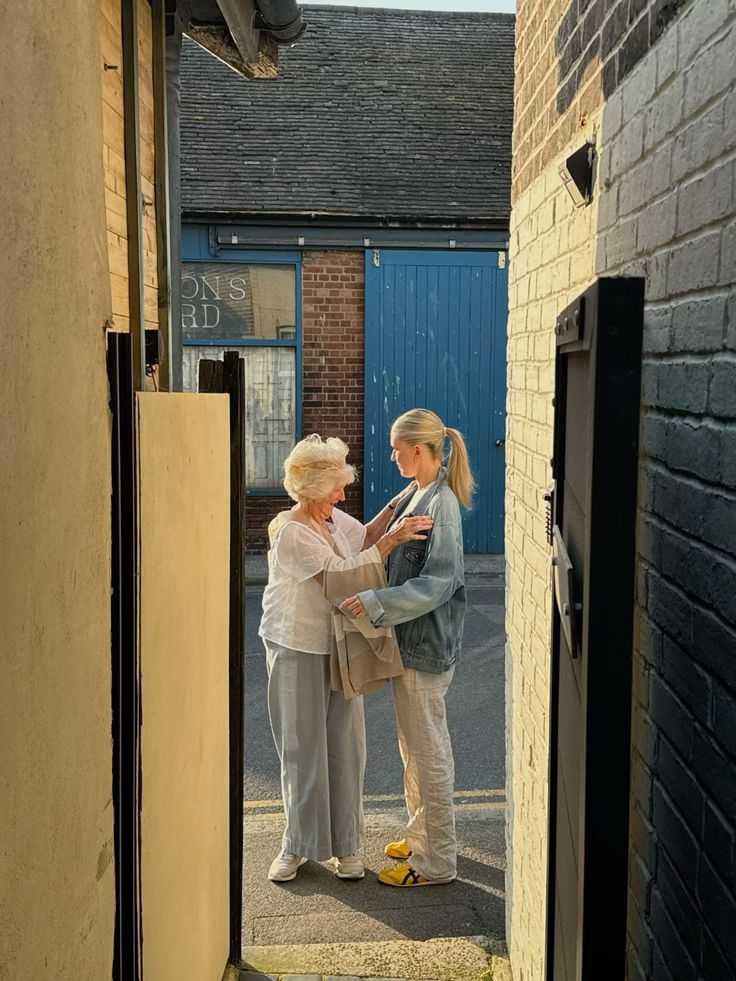Gain an hour in March, lose an hour in November; is there really a point to this custom of following daylight saving time? Millions of Americans want to abandon this time change and stick to a uniform time for the entire year. But how likely is it that this will happen? Recent conversations in Congress suggest this possibility might be closer than you think.

The annual practice of turning back the clocks has a long history. Some people credit Benjamin Franklin as the inventor of daylight saving time. Back in 1784, he wrote an essay about saving candles, advocating for people to get out of bed earlier in the morning to minimize the use of candles and lamp oil. While Franklin never mentioned changing the clocks, many believe his essay introduced people to the idea of daylight saving time.
Germany was the first country to establish daylight savings time in 1916 during World War I. At that time, Germany decided on the clock change to conserve the fuel needed to produce electric power. In the United States, the plan was not formally adopted until 1918 with a bill introduced in Congress advocating the idea of a seasonal time shift. Most people didn’t like this law; it only lasted seven months before it was repealed by Congress at the end of World War I. Daylight saving time did become a local option; however, with states such as Massachusetts and Rhode Island choosing to continue following the time change.
During World War II, President Franklin Roosevelt instituted a year-round daylight saving time that he called “wartime.” After the war, there was no federal law requiring states to follow daylight savings, so states and localities were free to choose whether they would observe it and when it began and ended. It didn’t become a U.S. custom until 1966 when Congress passed the Uniform Time Zone Act, which established a system of uniform and standard time across the country within each time zone. It stated that daylight saving time would start on the last Sunday in April (clocks would advance one hour at 2 a.m) and end the last Sunday in October (clocks would turn back one hour at 2 a.m.).
Today, daylight saving time in the U.S. begins at 2 a.m. on the second Sunday of March and ends at 2 a.m. on the first Sunday of November. There are only two states that don’t observe daylight saving time: Arizona and Hawaii.

Recently, there has been a push to make daylight saving time year-round and get rid of the nuisance of having to move the clocks forward and back. The Senate, on March 15, advanced a bill that would end the twice-yearly changing of clocks and maintain a permanent standard time. The Sunshine Protection Act would make daylight saving time permanent starting in 2023. The House of Representatives has no immediate plans to take up the bill, but there seems to be support from both sides of the political spectrum. According to White House spokesperson Jen Psaki, the Biden administration hasn’t taken a specific position yet, which could affect whether the act gets passed.

While the idea of having a set standard time might sound appealing, geography may play a bigger role in this decision than one might think. The clock change would affect people across the country in different ways. No matter how you choose to set up the clocks, you can’t change the tilt of the earth’s axis. In large parts of the country, getting rid of daylight saving time would result in much more darkness. For instance, on Jan. 1 in Boston this year, the sun rose at 7:13 a.m., but in Detroit, it didn’t rise until 8:01 a.m. With permanent daylight saving time, Detroit wouldn’t have seen the sunrise until after 9 a.m. Those late sunrises raise concerns about children going to school or waiting at bus stops in the dark and early morning commuters going through rush hour in pitch black.
What are your thoughts about establishing a permanent standard time? Tweet us, @VALLEYmag, and let us know what you think!





